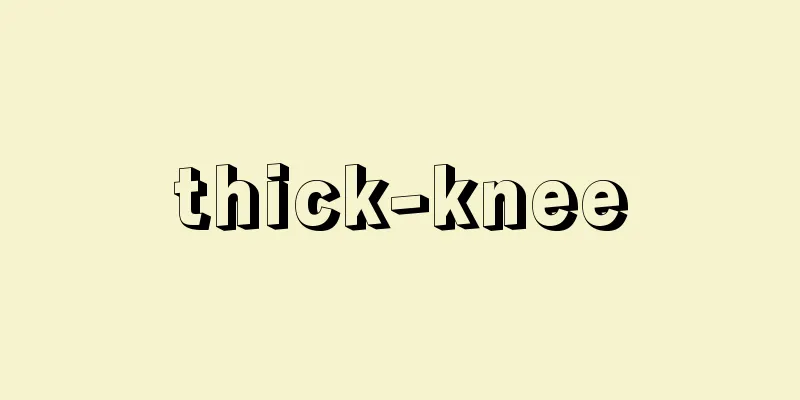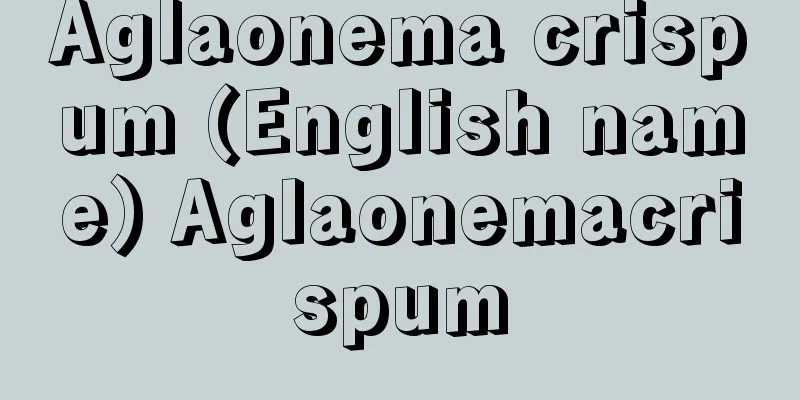Fetalization theory - Taijikasetsu (English spelling) foetalization

|
A theory of human evolution proposed by Dutch anatomist L. Bork (1926). Adult humans have characteristics seen in ape fetuses. For example, they are hairless, have little pigment in the skin and eyes, do not protrude from the chin, have a forward position of the foramen magnum, have a large brain-to-body ratio, maintain the sutures of the skull, and have similar shapes of the pelvis and female labia majora. In other words, humans retain the shapes that are only temporary in the fetuses of these primates throughout their lives. Source: Heibonsha World Encyclopedia, 2nd Edition Information |
|
オランダの解剖学者L.ボルクによって提唱されたヒトの進化に関する学説(1926)。ヒトの成体には類人猿の胎児にみられる諸特徴が認められる。例えば,無毛性である,皮膚や目の色素が乏しい,あごが突きでていない,大後頭孔の位置が前方にある,脳重量比が大きい,頭蓋の縫合が存続する,骨盤や女性大陰唇の形態が類似していることなどが挙げられる。すなわちヒトは,これら霊長類の胎児では一時的にすぎない形態を終生保持している。
出典 株式会社平凡社世界大百科事典 第2版について 情報 |
>>: Taishet (English spelling)
Recommend
Mercury sulfide
Mercury sulfides include compounds of monovalent ...
Enshu - Enshu
[1][一] Another name for the province of Totomi. It...
Sea wisteria flower - Kaitouge
This refers to the eggs of the common octopus or ...
Shimokita Peninsula
At the northern tip of Honshu, this peninsula jut...
Oodorucopsis - Oodorucopsis
…General term for a group of wallaby-like marsupi...
Outcaste - Outcaste
…They were seen as a source of taint to the gener...
Lianyungang - Lianyungang
A prefecture-level city on the Yellow Sea in the ...
Major key - Chocho (English spelling) major key English
One of the two tonal classes of tonal music. Tona...
Kurodani Shonin's words and phrases - Kurodani Shonin's words and phrases
A Buddhist book from the Kamakura period. 18 volum...
Tennessee [River] - Tennessee
A river in the southern United States. One of the ...
Lateral rectus muscle
⇒ Lateral rectus muscle Source: About Shogakukan D...
Usui Pass - Usui Pass
A pass that forms the border between the Matsuida...
stasipatric speciation
...For example, two species may live in the same ...
Gravity - Gravity (English spelling)
One of the fundamental forces recognized on Earth...
Hidetsuna Okochi
1546-1618 A samurai from the Sengoku to early Edo...

![Yasato [town] - Yasato](/upload/images/67cd0ab7f19d7.webp)







